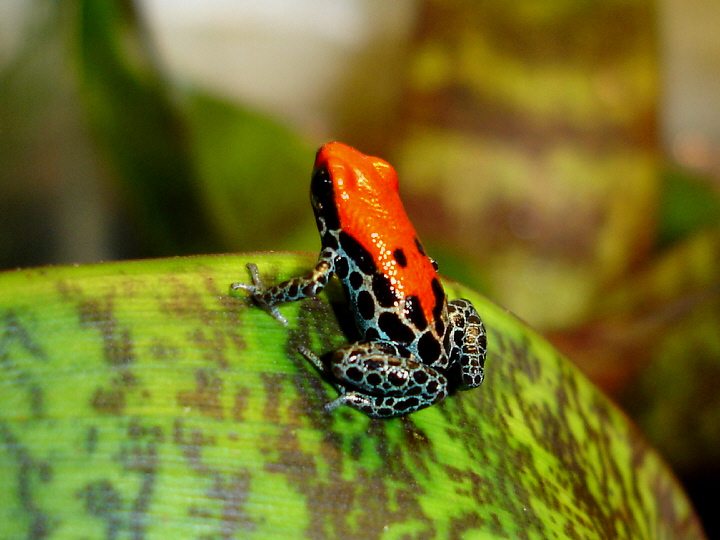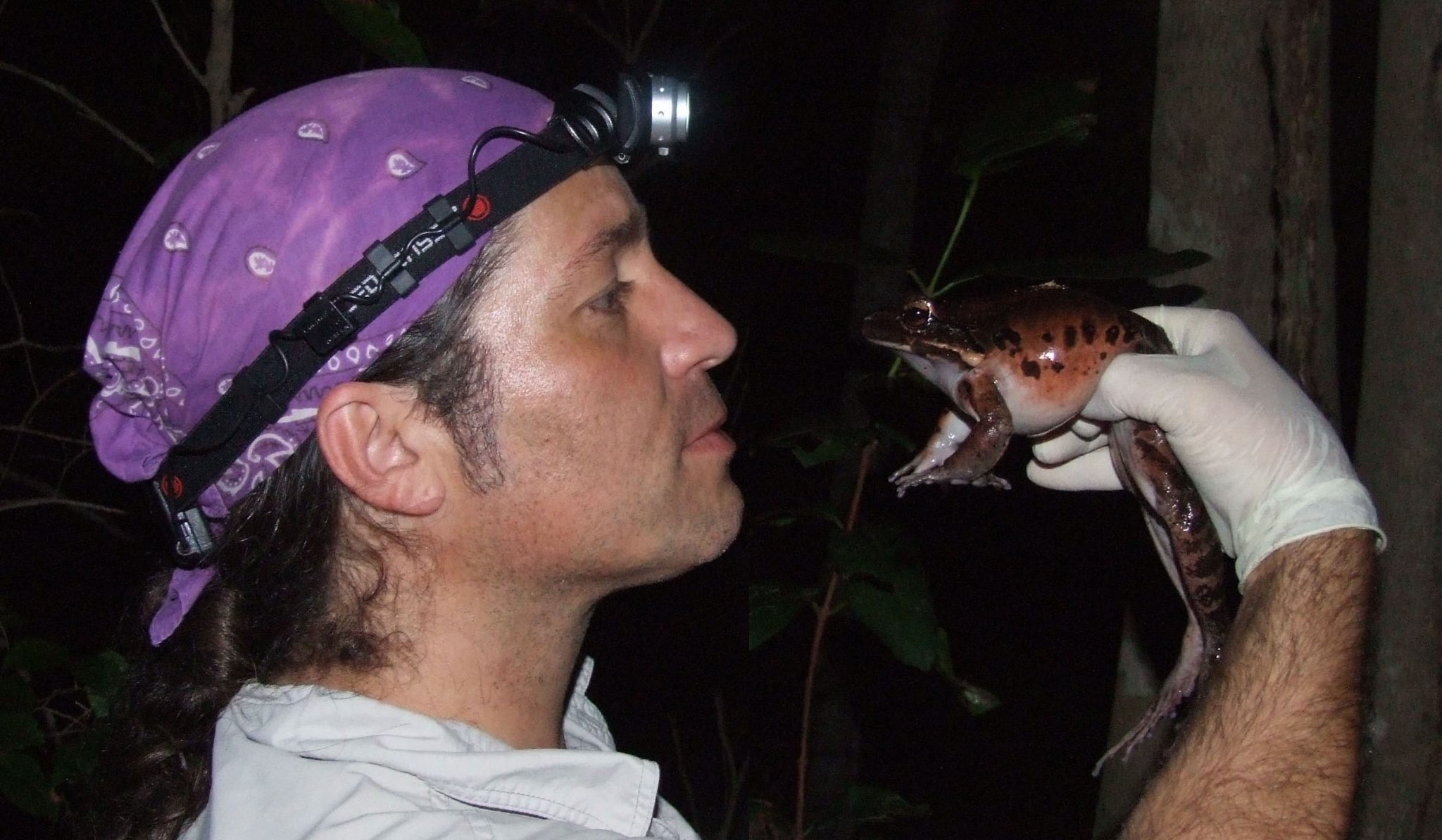There is a strong and firm commitment by the European Association of Zoo and Aquaria (EAZA) to support conservation programmes in Madagascar and Chester Zoo is keen to take a key role being active in amphibian conservation in the island.

This is going to be part of our global conservation plan for Amphibian Conservation here at Chester Zoo as one of our Field Programmes.
The approach to Amphibian Conservation will be multi-faceted and capacity building in terms of training is essential to start seeing in-country initiatives develop in the medium/long term. From this course we hope to start seeing colleagues who will champion species programmes in the country who will implement the knowledge of the species in captivity and how to react to an eventual outbreak of chytrid or a catastrophe such as the loss of habitat.
But the experience of keeping Malagasy amphibians in the zoo world is pretty modest. Surprisingly-the interest in Malagasy colorful frogs is very high but sadly there is very little known regarding keeping and breeding them.
During the development of the A Conservation Strategy for the Amphibians of Madagascar (ACSAM; http://www.sahonagasy.org/acsam) there was an analysis of the current knowledge on keeping amphibians and only half a dozen were regularly bred for several generations… we only have another 285 species to learn how to breed…
The approach to gaining the knowledge regarding breeding all these species is by classifying them according to their different breeding strategies and extrapolating the knowledge of breeding one of them for the rest of the group.
Twelve different breeding strategies have been defined which would incorporate the diversity of Malagasy amphibians. The first step would involve the most highly threatened species for each of the breeding strategies – to bring them into captivity to learn how to keep them but in almost all cases this would be impossible.

We will not have enough founders and we cannot take the risk of losing individuals during this period. So the plan will be to bring in alternative-named analogues-close species having a similar breeding strategy. These are going to be the candidates for the next breeding programmes after the course.